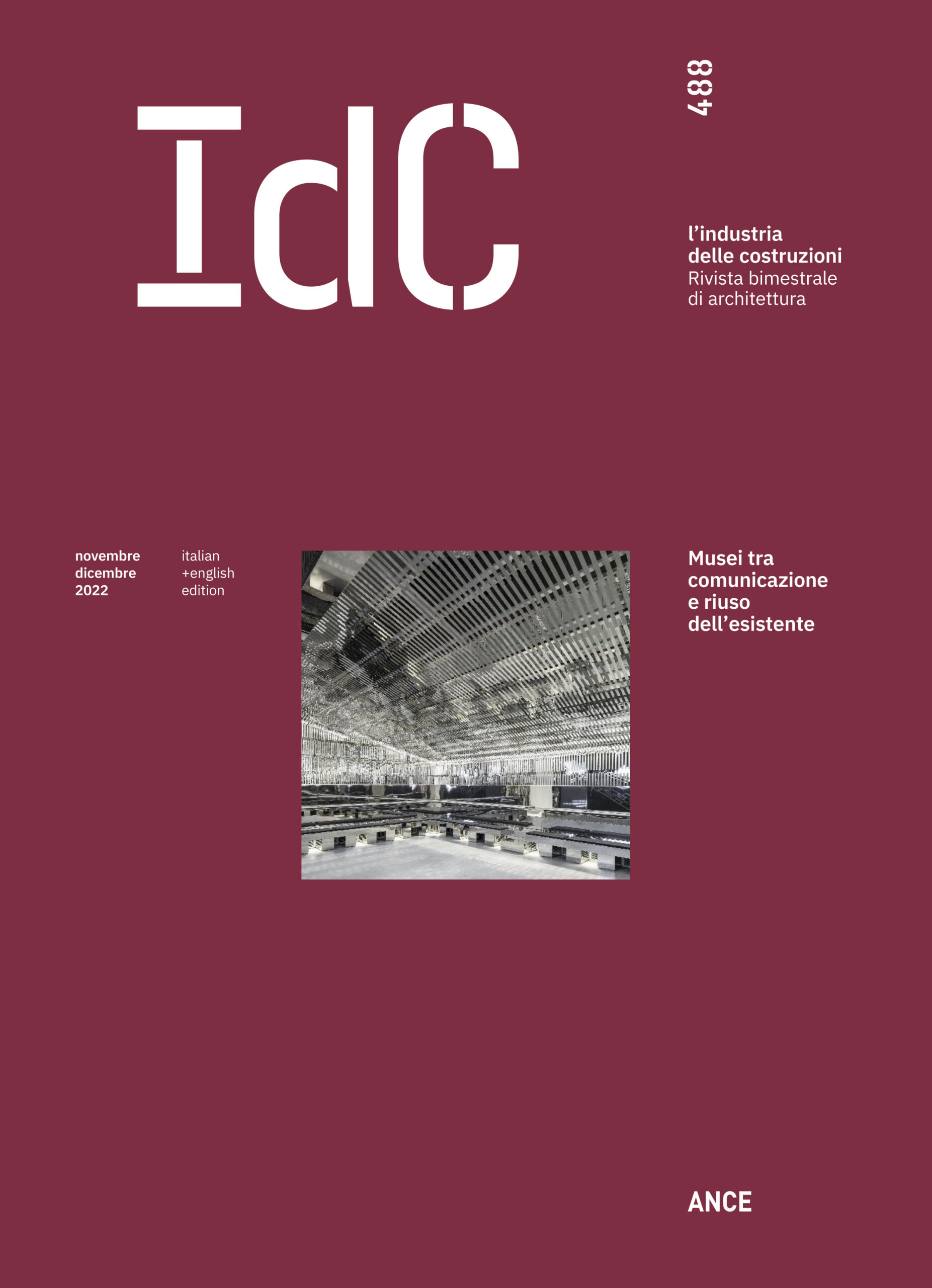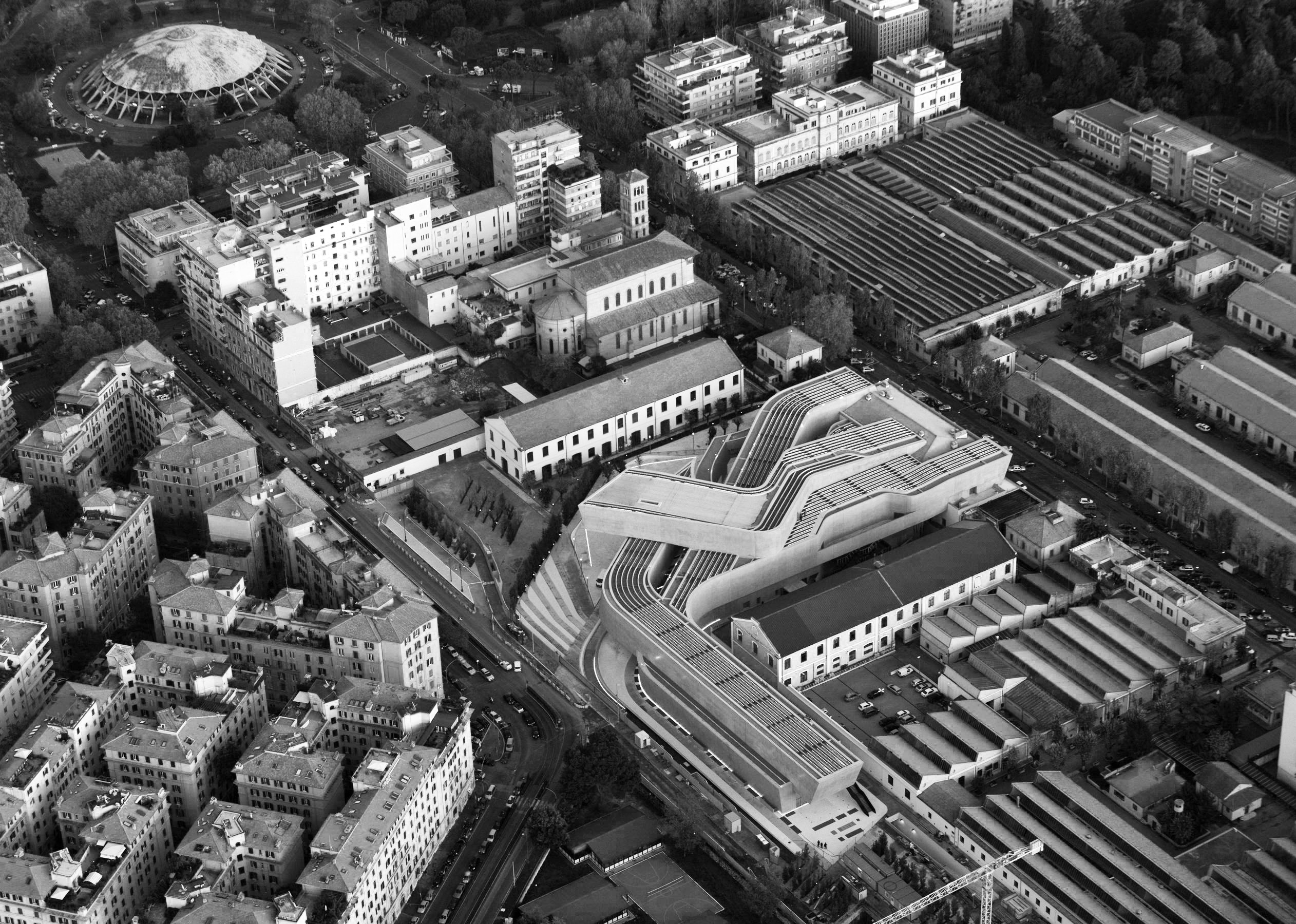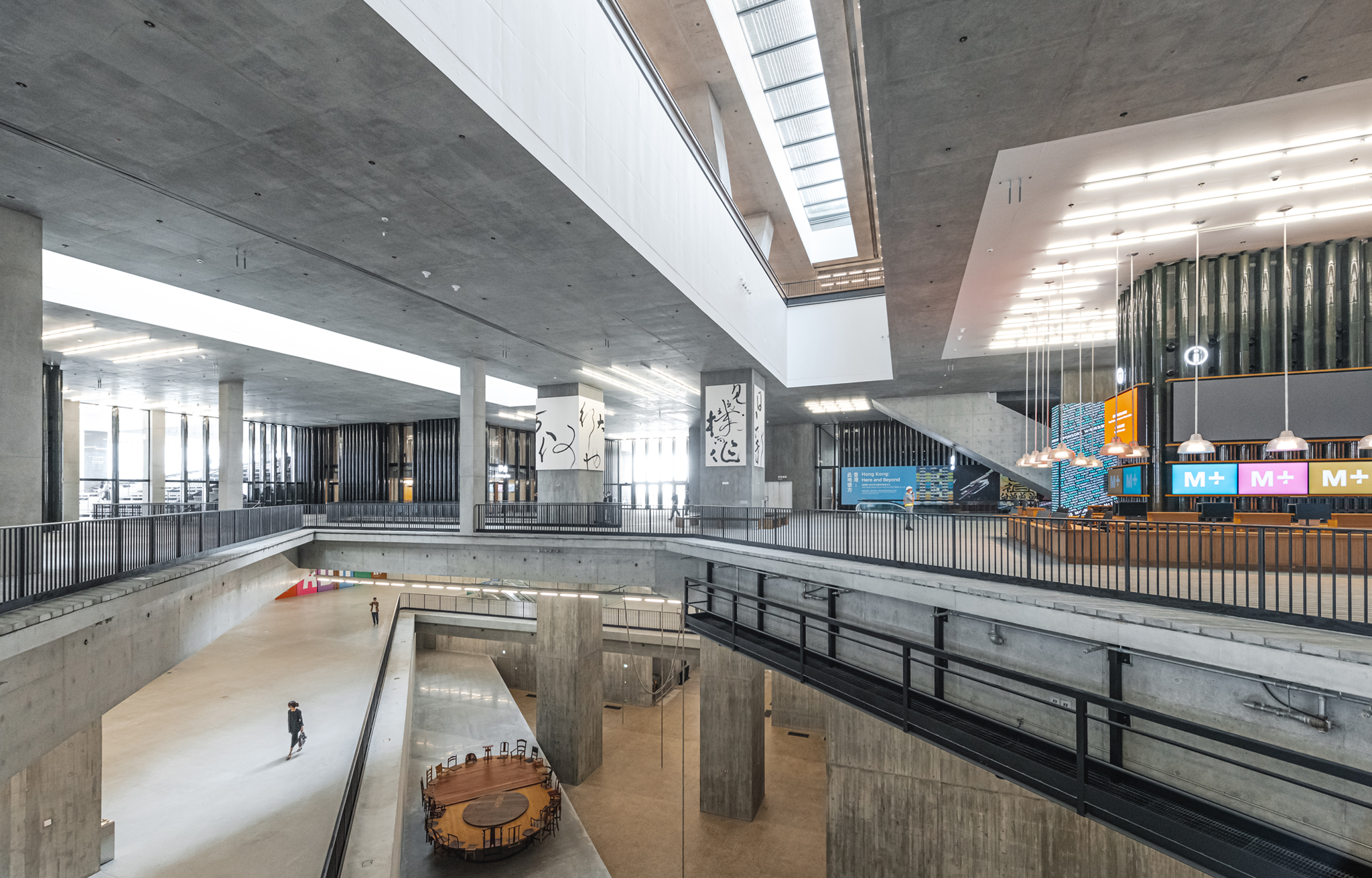NOV
DIC
2022
Museums between communication and reuse
According to the exhibition theme, the type of collection and their role in the context where they are located, the distribution systems and configurations of contemporary exhibition spaces are characterized by strongly diversified languages, chosen from time to time to suit specific circumstances and programs; hence, it is not possible to identify a single typology or a standard architectural model, unlike it was until the 19th century. This is widely testified by the thousands of museums realized all over the world, which often show really effective formal solutions and attract a vast public every day. The selection of museum architectures presented in this issue stands as an update on the architectural production of the last 5 years and on an aspect that is becoming increasingly relevant nowadays: the possibilities provided by this kind of spaces serve as leverage to reactivate existing buildings through interventions of restoration, reuse or renovation. Considering the historical, architectural or simply documental value of existing buildings, this aspect can contribute to expanding the exhibition and cultural offer from the collection by itself to the whole building, and create a rich palimpsest. This refers both to the documental and historical interpretation and to the relationships between the exhibited artworks and the architecture hosting them. This tendency stands on a solid museographic tradition and is aimed at preserving, showing and making understandable the exhibited works, proposing at the same time a new integral knowledge experience of the building and its installations.











